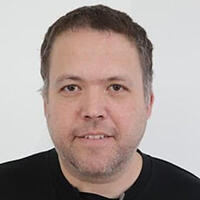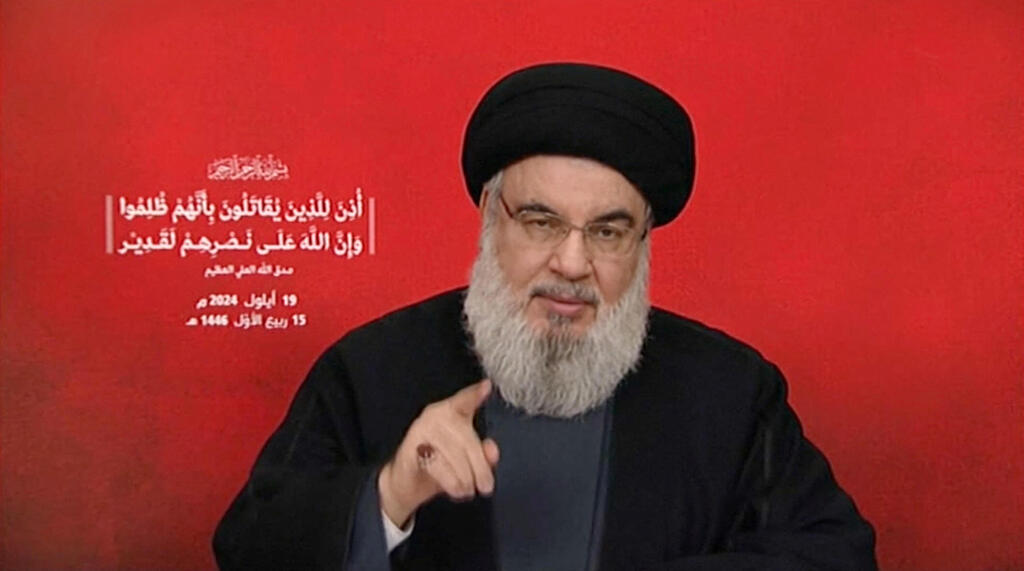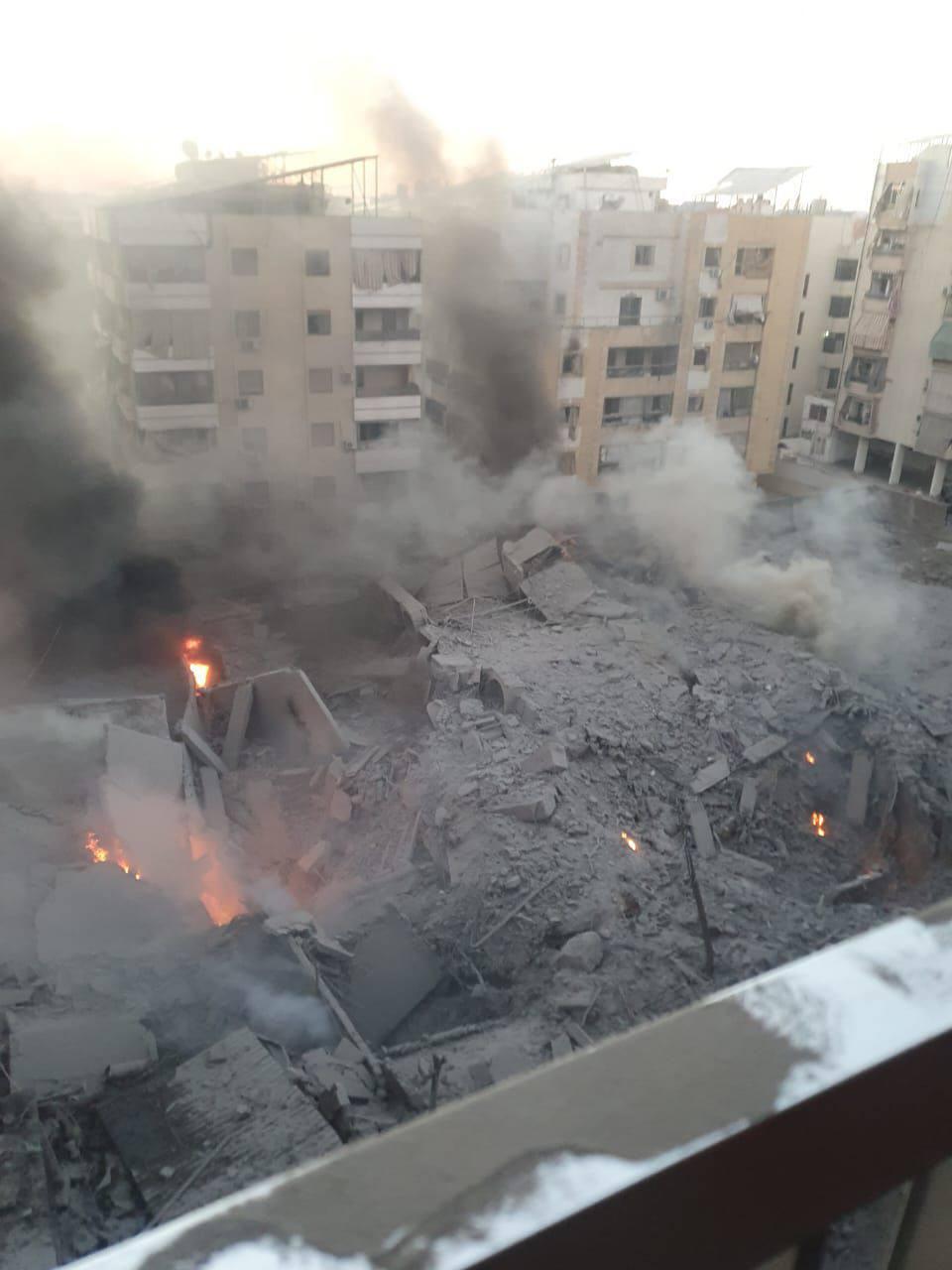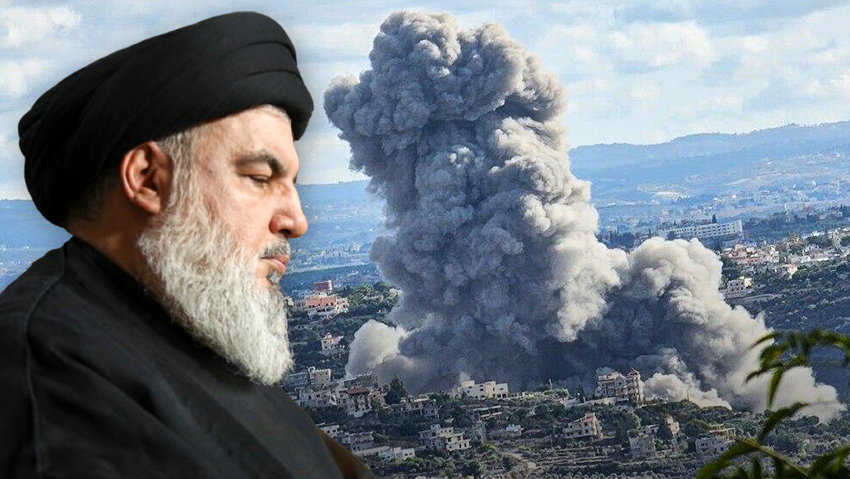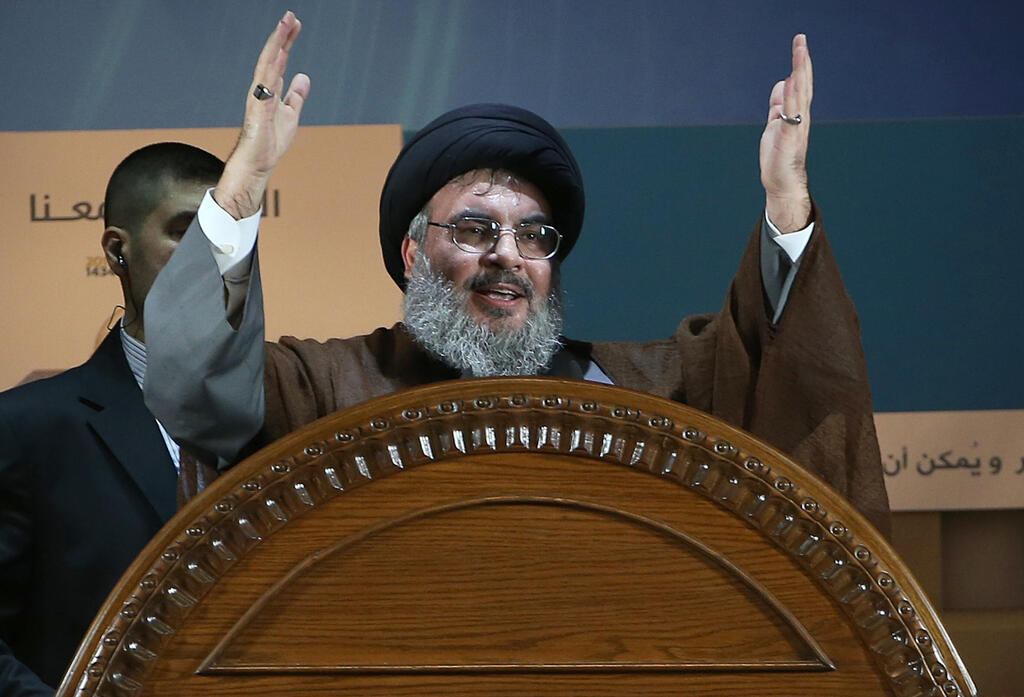Getting your Trinity Audio player ready...
Israel attempted to assassinate Hezbollah leader Hassan Nasrallah in an airstrike on the Dahieh district of Beirut on Friday, but his fate remains unknown.
Nasrallah, 64, has served as Hezbollah's secretary-general since 1992, following the assassination of his predecessor, Abbas Musawi. Known for his fiery rhetoric, charismatic presence and eloquent speeches, Nasrallah has become one of Lebanon’s most prominent figures and a significant leader within the broader radical Islamist movement.
Born in a refugee camp in eastern Beirut, Nasrallah was the eldest of nine children in a poor Shiite family originally from a village in southern Lebanon. From a young age, he was deeply interested in Islam and dedicated much of his time to religious studies. During the Lebanese Civil War, he and his family returned to their village, where he joined the Shiite Amal movement.
Nasrallah’s talents and dedication were soon noticed, and he was taken under the wing of a prominent local cleric. At 16, he was sent to study at a prestigious seminary in Najaf, Iraq, under the guidance of Abbas Musawi, a fellow Lebanese who would later become Hezbollah’s leader. The two developed a close friendship.
In 1978, as the Iraqi regime began cracking down on Shiite clerics, Nasrallah and Musawi fled Iraq along with hundreds of other Lebanese seminarians. Upon returning to Lebanon, Nasrallah continued his studies and taught at a religious seminary established by Musawi in Baalbek. His charisma and militant messages quickly elevated his status as a religious leader, attracting a devoted following.
After the 1982 Israeli invasion of Lebanon, Nasrallah, following Musawi’s lead, left the Amal movement and joined forces with the newly formed Hezbollah, which was supported by Iran's Islamic Revolutionary Guard Corps. Nasrallah's leadership abilities quickly became evident, and he was appointed commander of Hezbollah’s forces in the Bekaa Valley.
Under the guidance of the Revolutionary Guards, the Lebanese Shiites worked to develop a new framework known as Hezbollah. Nasrallah was a founding member and part of the organization's leadership from its inception.
Over the years, Nasrallah consolidated his position as both a military and religious leader within Hezbollah, leading several successful operations against Amal fighters in the late 1980s. He later traveled to Iran to continue his studies in the holy city of Qom.
When the conflict between Hezbollah and Amal resumed in 1989, Nasrallah returned to Lebanon, where he participated in the fighting and sustained minor injuries. By the following year, he had become one of Hezbollah’s top military commanders and a member of the group's highest decision-making body, the Shura Council.
During that time, the organization’s leadership was divided between different factions loyal to Syria and Iran. In 1991, amid negotiations between the two countries, Musawi, who was seen as an ally of Damascus, was appointed secretary-general of Hezbollah, with Iran-backed Nasrallah’s influence within the organization further solidified.
The campaign to eject Israel from Lebanon
In 1992, Musawi was assassinated by Israel and Nasrallah took over the helm. Under his leadership, Hezbollah launched a wave of retaliatory attacks against Jewish and Israeli targets worldwide, including bombings at the Israeli embassy and the Jewish community center in Buenos Aires, which left dozens dead.
Nasrallah’s leadership faced a significant challenge in 1997 when former Hezbollah leader Sheikh Subhi Tufayli led a “revolution of the hungry” in protest of what he saw as the group’s abandonment of its social commitments to Lebanon’s Shiite community in favor of becoming a mainstream political organization. However, with support from Iran and Syria, Nasrallah successfully quashed the uprising, disarming Tufayli’s supporters in the Baalbek region.
5 View gallery


IDF soldiers stationed at outposts in the Security Zone in southern Lebanon
(Photo: David Rubinger)
From 1985, following Israel’s withdrawal from most of Lebanon, Hezbollah waged a persistent guerrilla war against Israeli forces and the Israeli-backed South Lebanon Army (SLA) in the security zone.
Under Nasrallah’s guidance and with backing from Iran, Hezbollah’s military capabilities grew significantly. However, the IDF's superior firepower resulted in high casualties for Hezbollah fighters, and many of their operations ended in failure.
Israeli attempts to end the prolonged conflict, such as Operations Grapes of Wrath and Accountability, were met with Hezbollah rocket and mortar fire on northern Israel, international condemnation and the group’s entrenchment within the civilian population.
Under Nasrallah’s leadership, Hezbollah shifted its strategy to include targeting Israeli public opinion, recognizing that the Israeli public’s sensitivity to casualties was a potential vulnerability. This approach turned the media into a key battleground for Hezbollah, contributing to a protracted conflict that inflicted ongoing casualties on both sides, including Hezbollah fighters, IDF soldiers and SLA forces.
By the late 1990s, the continuous casualties and lack of a decisive outcome led to growing public opposition in Israel to the military presence in Lebanon. This pressure culminated in the Israeli government’s decision to withdraw from the security zone. In May 2000, the IDF executed a unilateral withdrawal to the international border, ending its 18-year presence in southern Lebanon.
An Arab hero post-Israeli withdrawal
The Israeli withdrawal from southern Lebanon elevated Nasrallah to a hero’s status across the Arab world. Shortly after, he was promoted to the religious rank of Hojjat al-Islam.
During celebrations marking the withdrawal, Nasrallah delivered a speech declaring, “Israel has nuclear weapons and the strongest air force in the region, but in reality, it is weaker than a spider’s web.” His so-called “Spider Web” theory suggested that Israeli society’s sensitivity to casualties and perceived decadence made it vulnerable to a prolonged struggle and heavy losses.
Domestically, Nasrallah focused on solidifying Hezbollah’s influence within the Shiite community, particularly against its main rival, the Amal movement. A significant portion of the group’s budget was allocated to establishing welfare, education, charity and healthcare institutions, providing free services to the community.
Despite Israel’s withdrawal, Nasrallah refrained from ending hostilities, frequently attacking and mocking Israel and its leaders in his speeches. While the intensity of the conflict decreased, it was marked by sporadic skirmishes and preparations for future confrontation.
In early July 2006, a Hezbollah squad attacked an Israeli military patrol along the Israel-Lebanon border, capturing two Israeli soldiers and killing three others. In response, the Israeli government launched a large-scale military operation against Hezbollah, later known as the Second Lebanon War.
During the war, Nasrallah went into hiding, fearing an Israeli assassination attempt. However, he continued to deliver messages to the Lebanese public and engage in psychological warfare with Israel through speeches broadcast on Hezbollah’s television station.
The last speech
Since then and until October 2023, Hezbollah, with significant Iranian support, has armed itself extensively but largely avoided direct clashes with Israel.
Over the past month, Israel has killed several senior Hezbollah commanders close to Nasrallah. Foreign reports have also attributed to Israel a large-scale sabotage operation of communication devices used by the group’s operatives, resulting in dozens of deaths and thousands of injuries.
Last week, in a televised speech, Nasrallah vowed that Israel would face a “harsh and just punishment” for its recent actions, warning, “We are currently in the most sensitive phase of the campaign.” However, he did not specify what Hezbollah’s retaliation would look like, saying that the details are kept within a “small circle” of the group’s leadership.
“I won’t speak of the time, form or place. The response will come,” Nasrallah declared, adding, “The aggression is unprecedented and will face a harsh reckoning and just retribution—whether from an expected or unexpected place.”
He accused Israel of intending to kill 5,000 people—presumably referring to Hezbollah members—in the communication device blasts, claiming, “The enemy has crossed all red lines with this action.”
Nasrallah also hinted that Israel’s actions could be considered a declaration of war, though he stopped short of making such a declaration himself.
Nasrallah is married to Fatima Yassin. His eldest son, Hadi Nasrallah, was killed by Israeli forces in September 1997. His body was transferred to Israel and later returned to Lebanon as part of a prisoner exchange deal for the remains of an Israeli Navy commando killed in a separate incident the same year.



